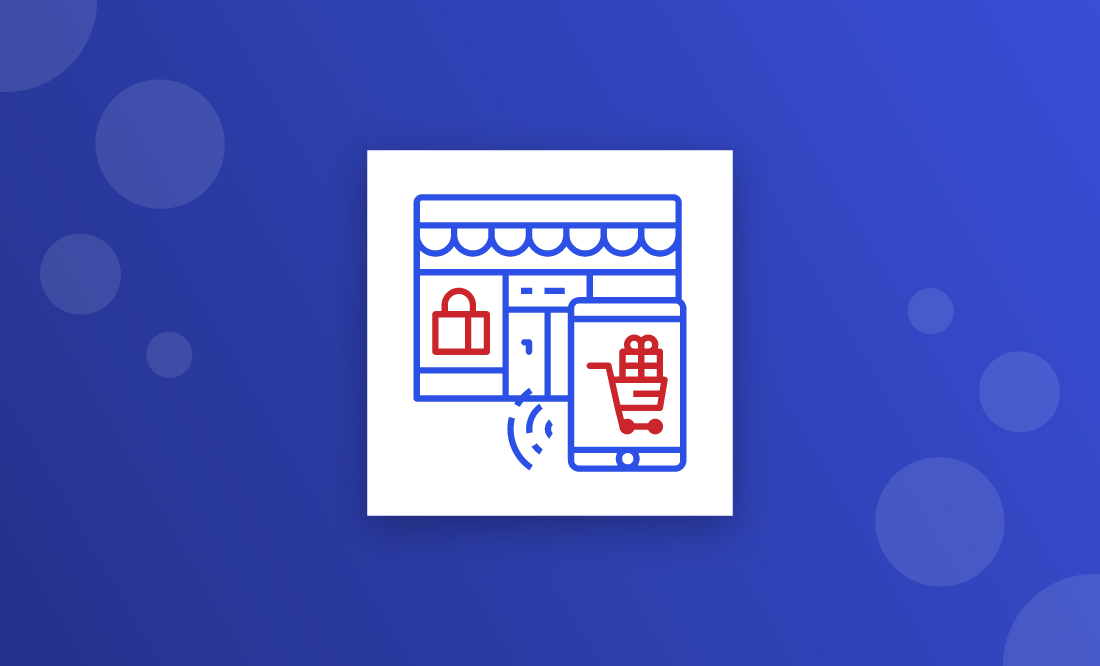Any modern business that hopes to succeed for a prolonged period of time has to have the capacity to adapt to new technologies. This is particularly true in some types of business, and in recent years it’s become clear that retail is among them. From new methods of production that can make operations more efficient, to tools that improve the customer experience, the following are four specific technologies that can change the game in modern retail, and in some cases are already doing so.
1 – Retail Store Beacons
Retail store beacons have actually been in use for a few years now, though they’ve primarily been deployed in massive retail stores, rather than independent shops or startup storefronts. Nevertheless, they offer some invaluable benefits to modern retail that we expect to see more and more business owners taking advantage of. As for what exactly beacons do, Retail Dive defined their function as being able to communicate directly with consumers on their mobile devices, which is a nice, concise way to put it. We know that these days, even as they browse stores, consumers are often on their phones, or at least ready to pay attention to them. Beacons – which, physically, are tiny, out-of-sight Bluetooth devices that can be placed around stores – capitalize on this by interacting with smartphones within reach.
What that interaction entails can vary, but for participating consumers a beacon can be used to communicate a special offering, direct a shopper to a particular product, show a purchasing history, or even make suggestions. In a way, it brings some of the benefits of online shopping back into stores. And at the same time, the process can serve as a handy means of data collection for the business owner.
2 – 3D-Printed Manufacturing
3D printing is fascinating, in that it can seem at once like one of the most exciting technologies of our time, and like something that only has niche uses. The latter assumption is proving to be quite incorrect, however, and it’s becoming clear that one doesn’t necessarily have to own a 3D printer or master one’s use to take advantage of what it has to offer. As explained by Fictiv in a look at the state of 3D printing, professional printing services can supply parts in just 24 hours, in whatever material and design is specified by the customer. This is perhaps most commonly used as a means of validating early-stage designs (or testing prototypes), but it can also serve as a means of developing an entire line of products or parts.
With this sort of commercial 3D printing service now readily available, we would also expect to see more retail businesses taking advantage of this means of quick, creative manufacturing. Whether it’s to obtain products used in displays and store decoration, or to generate actual inventory, 3D printing is going to become a bigger part of a lot of businesses moving forward.
3 – AR-Infused Online Stores
Here at MicroAgility, we looked at some of the ways augmented reality could change business in an article back in 2018, and some of the points covered absolutely apply to retail companies today. Most notable is the idea of “enhancing the efficiency of e-commerce,” as it was put in that piece. To be sure, AR (and VR for that matter) are beginning to provide online consumers with new ways to observe and “try out” projects before purchasing them over the internet. However, AR has certain applications for in-store retail as well. For instance, we’ve seen some fashion stores using “AR mirrors” that can show people what they might look like wearing certain outfits out of the store, and it’s likely that as the technology continues to improve we’ll only see more applications. Anything that helps a consumer to engage more closely with a potential purchase can be beneficial, and AR certainly fits that description.
4 – Mobile Payment Acceptance
More than any of the other technologies mentioned above, mobile payment acceptance has already become the norm in retail spaces, from massive chain stores to independent boutiques. However, as this is still a relatively new trend, it’s worth mentioning. Simply put, a modern brick-and-mortar store that isn’t equipped to handle a significant variety of mobile payments is not accommodating its potential customers.
The blog at Shopify provides a nice overview of the various payment options retail store owners need to be equipped to handle, making clear that mobile and smartphone payments are now part of the equation. Expressing that these include methods like Apple Pay, Google Pay, and Samsung Pay, the post correctly referred to mobile payments as having experienced “rapid growth” of late. For this reason it’s also fair to say that point-of-sale machines and mobile tools that can process payments in these forms are helping to update and transform a lot of modern retail businesses.
There are still more technologies than these that are coming into play for retail operations of varying sizes. The topics discussed above, however, speak to some of the most significant benefits a modern retail company can enjoy by keeping up with the times.







